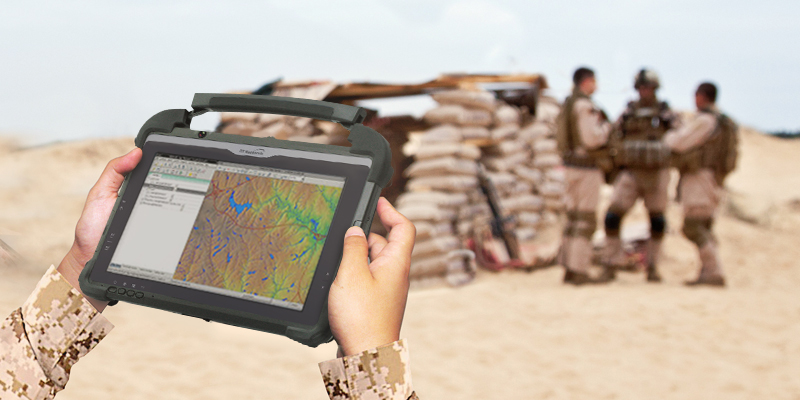
Radio frequency identification is a set of technologies that allow you to automatically identify objects and capture information about them. Most armies require a great deal of supplies and equipment to function, including food, clothing, equipment, medicines, and so forth. RFID improves supply chain operations by allowing the military to confirm that the proper items were picked up and shipped at the correct time. By uploading information indicating where tags are read, as well as when this occurs, you can achieve visibility into the locations of goods thus reducing lost items or being able to better track delivery times and manage costs.
Supply Chain Management
Before the adoption of RFID, when goods arrive at the military’s distribution facility directly from vendors, they are then shipped to military units and bases. Prior to the system’s installation, military personnel utilized paper and pen to manually track each shipment’s location and status and made telephone calls to provide status updates to those who shipped or received the items.
Rugged tablets with RFID technology increase control over the shipped goods and improves the management of supplies and assets. RFID is used to track a wide range of commodities as they move through the supply chain. RFID tags can also save money by avoiding the need for wasteful reordering when supplies are late or requests are forgotten. Military-grade tablets are equipped with RFID scanners for bulk scanning and tracking at warehouses and on bases.
Asset Tracking
It’s tough to keep track of a large number of assets, especially when many of them move throughout the building or even leave the premises. The military conducts an annual inventory by having staff members check each division’s offices, cubicle by cubicle, seeking objects and noting down their serial numbers. Assets are appropriately tagged, serial numbers assigned, and the person to whom and where the item is assigned using mobile rugged tablets with RFID technology.
Assets can then be tracked through a rugged tablet system all the way through every movement to ensure items are not lost and to know where they are at all times.
Real-Time Visibility of Assets
Whether aboard a truck moving across the country or in the remote desert, which could probably be packed in one of those moving boxes, the US military wants to know where its assets are at all times. Containers on trucks and ships must be tracked. This is accomplished through the use of RFID-based remote tracking technology. An RFID tag is put on the vehicles or trucks, which sends a unique serial number as well as GPS data that identifies the vehicle and its location.
RFID technology offers a wide range of applications, particularly in the military. It has the potential to save the US military millions of dollars in excess inventory and stolen equipment each year.

